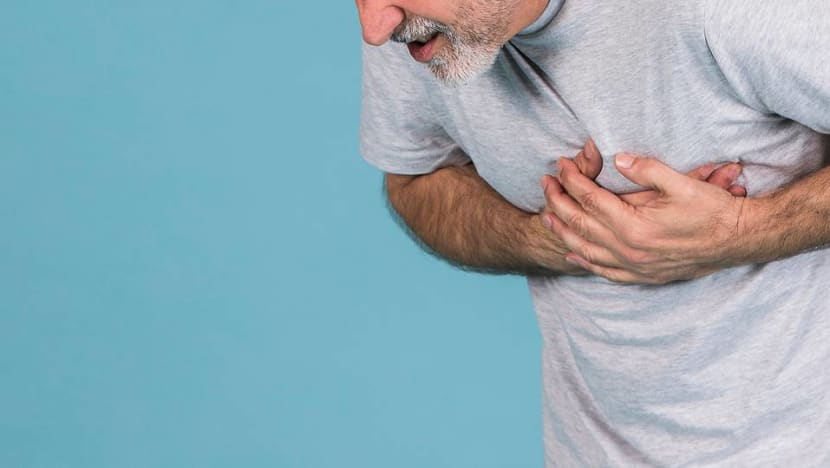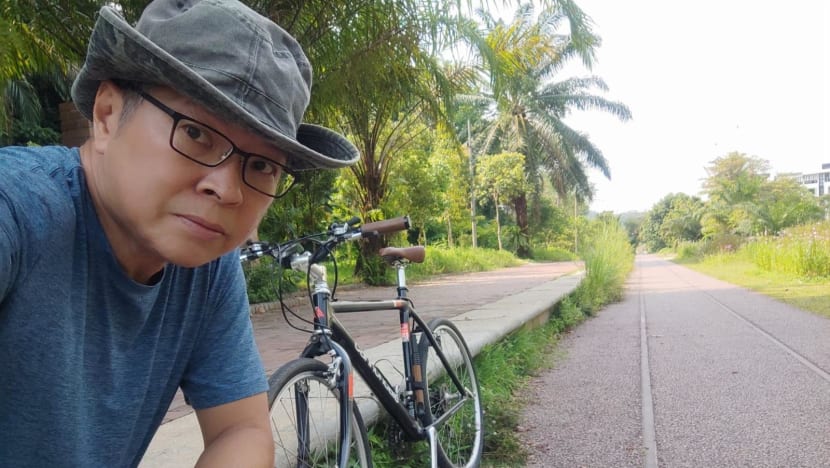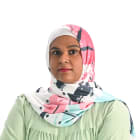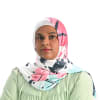Study on heart disease looks to 'unmuzzle this silent killer'
In Singapore, on average, 34 people have heart attacks and 23 people die from heart disease daily.

SINGAPORE: More than 10,000 Singaporeans will go through a study on heart disease that aims to identify early warnings.
Called Project RESET, the five-year government-funded research initiative will gather data points like lifestyle and genetic information from participants aged 40 to 70 with the aim of developing preventive measures.
In Singapore, on average, 34 people have heart attacks and 23 people die from heart disease daily, Health Minister Ong Ye Kung said on Wednesday (Sep 27), describing heart disease as a “notorious silent killer”.
The project’s aim is to identify cardio-liver-metabolic biomarkers present in individuals who have heart disease but are still asymptomatic, said Mr Ong,
“Hopefully with these findings, we can unmuzzle this silent killer,” he said at the project’s launch at the Heart Disease Prevention Symposium at Singapore Marriott Tang Plaza Hotel.
FITNESS AND HEALTH ARE NOT THE SAME THING
Led by Professor Roger Foo and his team behind the Cardiovascular-Metabolic Disease Translational Research Programme, the project received a S$25 million grant at the launch.
The team is "looking under the iceberg" for people who may look very well on the surface, said Prof Foo.
"But actually, once you start screening them deeply, they start to reveal all kinds of early signs of disease,” he said, adding that they will be studied from “many different angles”.
Some people who are living healthy lifestyles today may be lulled into thinking that they are completely healthy, he said.
“We have become very aware that fitness and health are not the same thing," said Prof Foo, who is also senior consultant at the National University Heart Centre.
For instance, in studying marathon runners, the team found that while these athletes clock in very quick timings, “their arteries and the liver and the metabolism may not be what you expect”, he said.
The participants will be looking to enroll those with moderate risk of heart disease and strong family histories of issues like high cholesterol and hypertension, he said.
“We will then want to try and understand what it is we need to take more notice of, how we can figure out which people have more risk than others, which aspect we need to pay more attention to and then beyond that, the lessons learned from it would be how we want to treat our patients in the future.”
He added that when the findings come out at the end of the five-year research, primary care physicians will know what tests to do to pick out patients with potential heart disease better.
USE OF TECHNOLOGY
The study will use new technology like a virtual reality glove that will allow participants to hold their heart and feel how stiff the muscles are.

The tougher the organ, the more prone to future diseases. Another device that will be used is a digital smartwatch to track lifestyle habits.
Ten medical schools, research institutes and private healthcare providers will take part in the study.
It will also be piloted at the Health District at Queenstown. Among the participants in the study is Mr Mike Tan.
The 64-year-old had taken part in previous research that revealed that he had fatty liver, and he was invited to join Project RESET, he told CNA.
"I always considered myself fit, but I'm not sure about my own underlying health,” he said, adding that going through this journey would be useful for checking his heart and metabolic health.


















